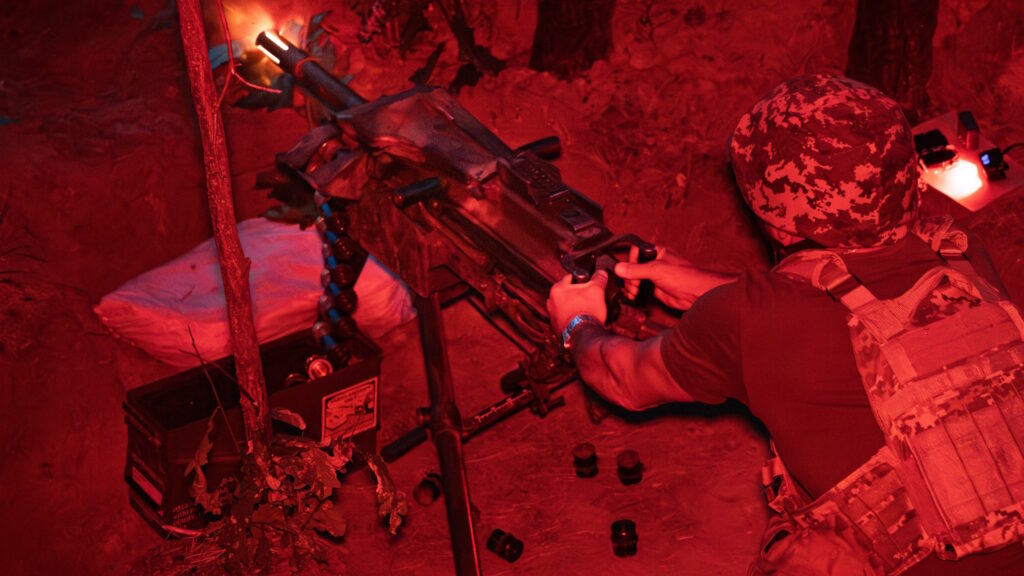Vue lecture
Ukrainian city smaller than Prague faces Russian forces larger than some NATO states’ entire troops

Russia is redeploying forces from Sumy Oblast to Donetsk and Zaporizhzhia, preparing for decisive battles in the Pokrovsk sector. The buildup coincides with preparations for US President Donald Trump’s and Russian leader Vladimir Putin’s meeting in Alaska, where ending the war in Ukraine will be discussed, Ranok.Live reports.
Over 100,000 Russian troops near Pokrovsk
Spokesman for the Dnipro Operational-Strategic Grouping Victor Trehubov says more than 100,000 Russian troops are concentrated in the Pokrovsk front despite heavy losses. He explains that Moscow troops are willing to sacrifice positions in Sumy Oblast to create an illusion of success in Donetsk Oblast.
“That’s a huge number for such a scale — enough to attack a European country, not just one unfortunate small Pokrovsk,” Trehubov says.
Ukrainian forces inflict losses and stabilize the front
In the past two days, Ukrainian defenders have repelled 53 Russian assaults in more than 20 settlements in the Pokrovsk sector. The Defense Forces, including the 1st NGU Azov Corps, eliminated 151 occupiers, wounded over 70, and captured eight Russian soldiers.
“As a result of the fighting, the enemy is suffering heavy losses,” Azov stated.
Putin strengthens position before talks
Analysts believe the troop concentration in Donetsk Oblast is an attempt by the Kremlin to create a media effect and strengthen Putin’s negotiating position ahead of the 15 August Alaska summit with Trump, UNN reports. The key topic there will be a potential ceasefire in Ukraine.
Man Charged With Assaulting Federal Agent With Sandwich in D.C.

© Andrew Leyden/Getty Images
New York’s Democratic Governor Called in the Troops Last Year to Fight Subway Crime

© Adam Gray for The New York Times
After Six Years of Reporting, Sharing a Story of Resilience

© Victor J. Blue for The New York Times
Why a Teen Bullying Case in China Set Off Protests and a Crackdown
Tommy Robinson, Far-Right UK Activist, Is Arrested Over Train Station Assault

© Henry Nicholls/Agence France-Presse — Getty Images